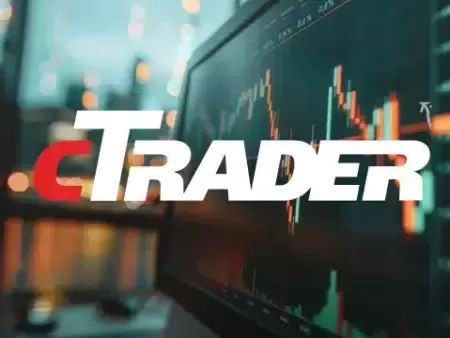Technical Indicators Guide
In this Funded Trading guide, we determine that technical indicators are most frequently used by actively trading traders because they are primarily intended for assessing short-term price changes. For funded traders, they are important since the indicators identify the support and resistance levels. And some help in predicting the price in the future.
What is a technical indicator?
Technical traders and investors use technical indicators, which are mathematical patterns drawn from previous data, to forecast future price movements and make trading moves. It combines historical price, volume, and open interest data to calculate a number of data points.
Why use technical indicators?
Technical indicators are used to identify historical patterns and project future behavior. Technical indicators include moving averages, the relative strength index, and stochastic oscillators. One or more indicators are frequently used in trading strategies, including entry, exit, and trade management rules, to help traders make daily decisions.
It can be used as an alert.
When momentum is fading, an indicator might serve as a warning. It can be a clue at that point to keep an eye out for a break in the support. On the other hand, if a significant positive deviation is developing, it can be a sign to keep an eye out for a resistance breakthrough.
It can be used to confirm signals.
Indicators are designed to support other technical analysis tools. The breakout or the vulnerability may be confirmed using technical indicators.
It can be used to predict price.
Indicators are used to predict the course of future pricing. An asset’s oversold or overbought status, as well as the strength or weakness of a price trend, are used to anticipate an asset’s future price action.
What are the two major types of technical analysis indicators?
Leading Indicator
Leading indicators are used to forecast price changes and to signal upcoming occurrences. Additionally, it helps in early entry and exit signaling. These indicators provide more signals and provide more trading opportunities. The early signals can act as an alert of a potential strength or weakness. Leading indicators are often employed in trading markets since they produce more signals. However, the disadvantage of leading indicators is the possibility of false signals because they generate more signals and do so early. Additionally, false signals will increase the risks of losses.
Lagging Indicator
A lagging indicator signals after the trend has begun. However, the primary drawback of lagging indicators is that they do not reflect the present activity.
Lagging indicators are sometimes referred to be trend-following indicators since they closely track price movement. Such indicators function best when markets see significant trends. They can be very profitable and simple to use when the market or asset in question develops a consistent trend.
However, the fundamental drawback is that the lagging indicators lack predictive ability.
The indications from these indicators sometimes arrive too late, which is another flaw. A good indication should be sensitive and reliable.
How to use technical indicators?
- Test each indicator separately at first, then try them in combination.
- To prevent repetition, be sure to keep it simple.
- Pick a leading indicator and a lagging indicator when choosing pairs.
- Consider using numerous indicators to help spot false signals.
- Analyze and monitor an indicator’s performance over time, then make any necessary adjustments.
What is the most accurate technical indicator?
The most popular technical indicator is arguably the Moving-Average Convergence/Divergence line or MACD. It indicates trends as well as an asset’s momentum. In order to predict an asset’s future direction, the MACD line examines a stock’s short-term and long-term momentum.
You may always utilize a custom indicator that was developed specifically for your trading strategy if you would rather have something more specialized. We would suggest YourRoboTrader to you if you are interested in using customized indicators in your trading. They also sponsored our Funded Trading EA, therefore it is a given that they are a respectable and reliable company. Because there are a number of scams involving robot trading software, you want to make sure that the EA you use comes from a reliable source. It shouldn’t come as a surprise that untested and unverified trading systems have the potential to execute trades in an erroneous manner because of their lack of testing and verification.
In Conclusion
It can be difficult to choose the proper technical indicators for funded trading. Still, it is manageable if new traders concentrate on the impacts of the five market research categories of trend, mean reversion, relative strength, momentum, and volume. Once they’ve added useful indicators for each area, they can start the time-consuming but rewarding process of adjusting inputs to suit their trading strategies and risk tolerance.
Another important thing to remember is to never lose sight of your trading strategy. When employing indicators, you should always follow your trading strategies. and remember to set up take-profit (TP) and stop-loss (SL) orders to reduce risks and keep your emotions in check.


